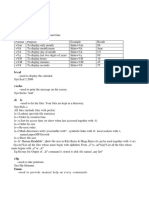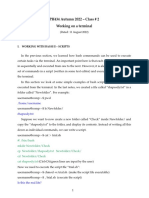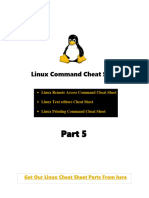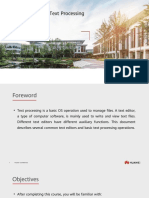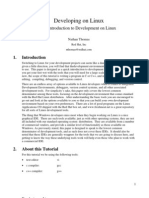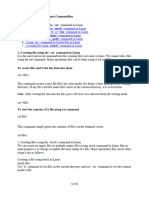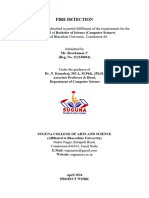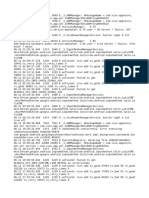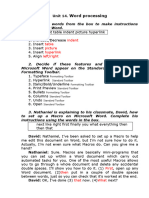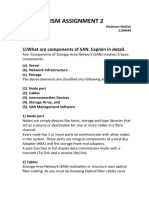0% found this document useful (0 votes)
41 views5 pagesLinux Assignment - Final
The document provides an overview of various text editors available in Linux, categorizing them into command-line and graphical editors. It details seven editors: vi, vim, emacs, pico, joe, red, and ed, highlighting their features, common commands, and best use cases. Each editor serves specific user needs, from basic text editing to advanced programming and scripting.
Uploaded by
vrindavinod775Copyright
© © All Rights Reserved
We take content rights seriously. If you suspect this is your content, claim it here.
Available Formats
Download as PDF, TXT or read online on Scribd
0% found this document useful (0 votes)
41 views5 pagesLinux Assignment - Final
The document provides an overview of various text editors available in Linux, categorizing them into command-line and graphical editors. It details seven editors: vi, vim, emacs, pico, joe, red, and ed, highlighting their features, common commands, and best use cases. Each editor serves specific user needs, from basic text editing to advanced programming and scripting.
Uploaded by
vrindavinod775Copyright
© © All Rights Reserved
We take content rights seriously. If you suspect this is your content, claim it here.
Available Formats
Download as PDF, TXT or read online on Scribd
/ 5














